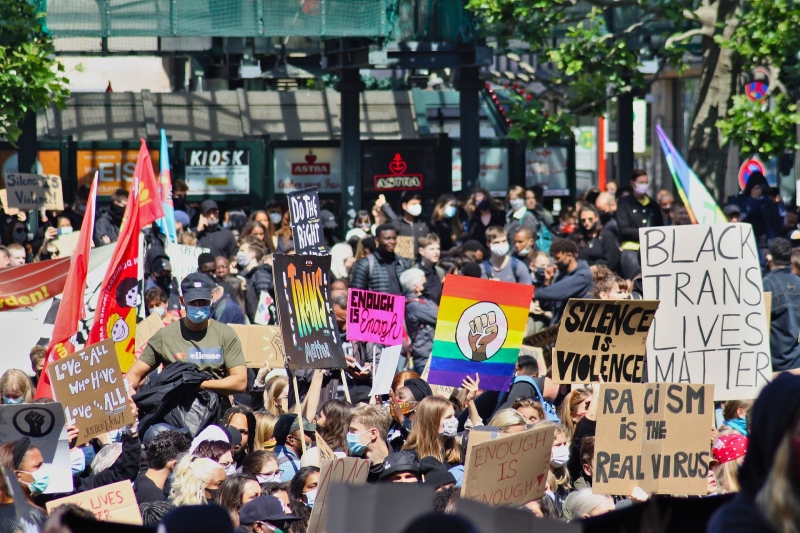Environmental justice (EJ) in federal policy to date has mostly involved conducting more public participation—a “process without substance,” as EJ pioneer Charles Lee puts it. In this month’s issue of ELR—The Environmental Law Reporter, Lee offers a road map for government agencies to effectively address EJ issues by developing an understanding of disproportionate impacts based on rigorous, holistic data, and operationalizing this analysis with a spectrum of policy actions.
A quarter century ago, President Bill Clinton’s Executive Order No. 12898 mandated federal agencies to identify and address any “disproportionately high and adverse human health or environmental effects” of their programs on low-income communities and communities of color. Research shows that since then, agencies have stalled in progress, in part owing to a lack of a clear definition of disproportionate impacts that is empirically supported and easily translated into regulatory action.
 Fortunately, decades of work by EJ proponents provide a breadth of evidence and mapping tools to identify and characterize disproportionate impacts. Mapping tools, such as CalEnviroScreen and EPA’s EJSCREEN, not only identify and quantify factors related to environmental quality and health, but also allow policymakers to visualize these burdens. Building off these developments, Lee puts forth a working definition of disproportionate impacts as a starting point for discussion.
Fortunately, decades of work by EJ proponents provide a breadth of evidence and mapping tools to identify and characterize disproportionate impacts. Mapping tools, such as CalEnviroScreen and EPA’s EJSCREEN, not only identify and quantify factors related to environmental quality and health, but also allow policymakers to visualize these burdens. Building off these developments, Lee puts forth a working definition of disproportionate impacts as a starting point for discussion.
In addition to quantitative data, Lee argues decisionmakers must examine the historical roots of existing inequities, as well as community knowledge and lived experiences. Understanding how and why disproportionate impacts persist is critical for designing policy solutions.
Finally, decisionmakers should consider a “robust spectrum of applications” to address environmental burdens. Avenues include determining areas of further investigation and community engagement, and allocating resources to impacted communities. Policymakers can also consider developing protocols to evaluate cumulative impacts in permitting processes.
The disproportionate effects of the COVID-19 pandemic in communities of color, as well as a national reckoning with racial injustice in light of the killings of George Floyd and other African-American individuals, have shed further light on the nexus between systemic racism and environmental health. Government agencies are increasingly held accountable for implementing effective EJ policies. “As a person who started to work on the issue before it had a name, I firmly believe that we are finally seeing EJ’s coming of age,” Lee writes.
ELI is making this featured ELR article available free for download. To access all that ELR has to offer, including the full content of ELR—The Environmental Law Reporter and its archive, you must have a subscription.
